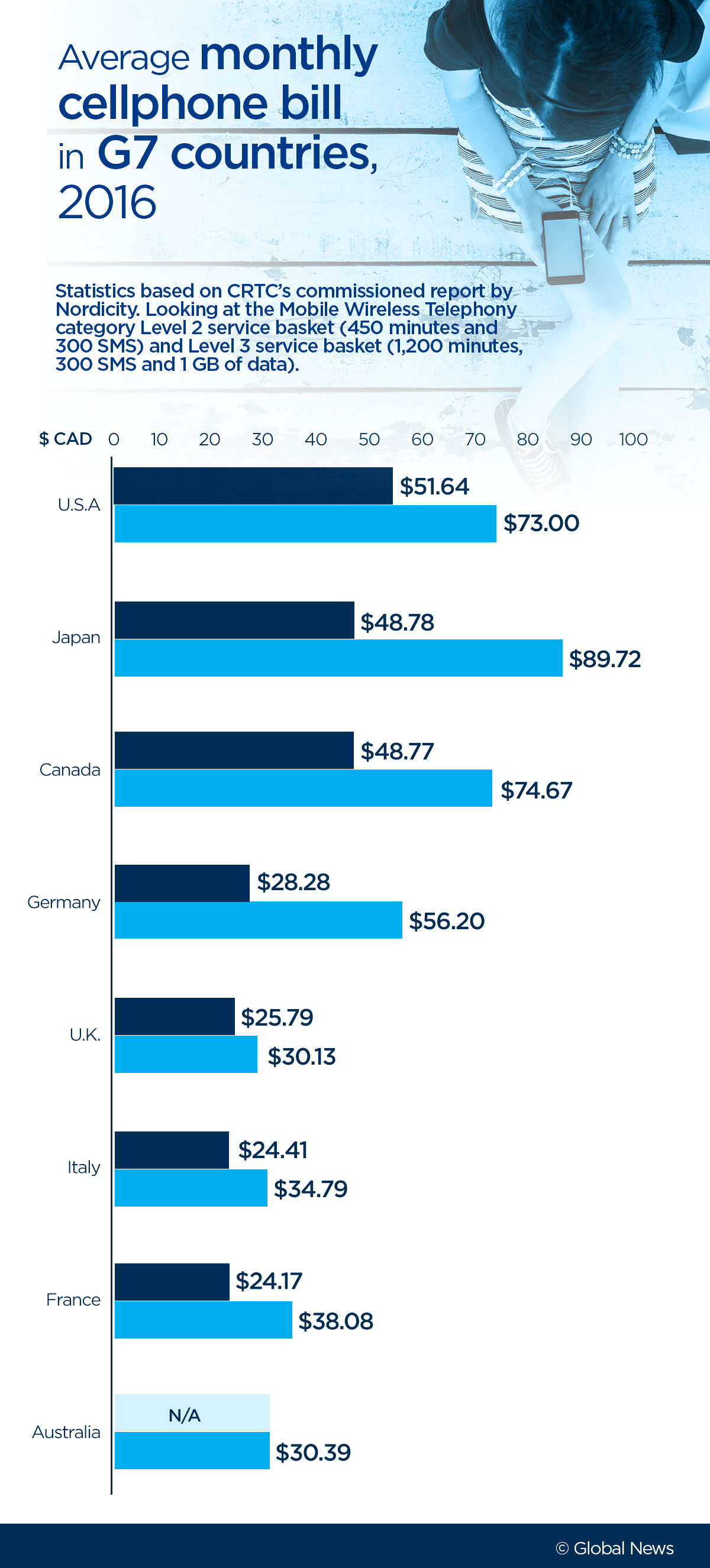When Justin Trudeau kicked off his prime ministerial campaign in 2015, he pledged a “real and fair chance” for middle-class Canadians to succeed.

Ask many Canadians how they’re doing today, and you might meet someone who feels worse about money than they have in three years, suggested a year-end Ipsos Public Affairs poll conducted for Global News.
Coverage of Canadians’ personal finances on Globalnews.ca:
The poll revealed a pessimism among Canadians about their financial situation for 2019.
It found 71 per cent of respondents feeling “good” about their personal finances, compared to 80 per cent last year and 75 per cent in 2016.
The poll also had 61 per cent of respondents saying they had a “good” financial situation.
That was down from 66 per cent who said the same last year, and 62 per cent who said so in 2016.
WATCH: Household debt-to-income ratio rises to record high

Similar results were observed when Canadians were asked about their retirement plans and savings.
The poll found 64 per cent of respondents felt good about their savings going into next year, down from 72 per cent in 2017 and from 65 per cent in 2016.
“They really don’t feel like they’re getting ahead,” Darrell Bricker, Ipsos CEO, said of Canadians concerned about their finances.
“This is one of the commitments that the federal government made when it ran in 2015, it was going to help the middle class and those who want to join the middle class.
“That particular group of people is feeling particularly hard done by these days.”
Canadians are feeling even worse about the state of the economy in general, the poll suggested.
Just under 60 per cent felt good about the economy going into 2019, which was down from 65 per cent in 2017 — but it was also up from the 58 per cent who felt positively about the economy in 2016.
That compared to 41 per cent who were pessimistic about the economy.
READ MORE: Expect bankruptcy rates in Canada to start climbing in 2019, new report warns
Those results came amid mixed economic signals.
The economy is growing and employment is healthy, with unemployment sitting at a historic low, TD noted in its quarterly economic forecast.
But they also came amid some troubling signs for consumers.
WATCH: How to declare bankruptcy

The latest statistics offered by the Office of the Superintendent of Bankruptcy (OSB) showed insolvencies growing over the past year.
There were 11,661 insolvencies in November, marking about a 5.2-per-cent increase year-over-year.
Most insolvencies were “proposals” — that is, offers to creditors to settle debts under conditions that are different from the existing terms — but bankruptcies weren’t far behind.
Businesses became insolvent at a faster rate than consumers did in November — they grew by nearly nine per cent year-over-year.
That was the biggest annual increase that Canadian businesses have seen since August 2016, the Canadian Association of Insolvency and Restructuring Professionals (CAIRP) noted.
WATCH: Canadian household debt continues to rise

And that came one month after consumer insolvencies grew by nearly 10 per cent year-over-year in October; those jumped by 5.1 per cent in November.
There’s normally a two-year lag between when interest rates start growing and when insolvencies begin an upward climb, CAIRP said in a previous report.
After years of low rates, the Bank of Canada began raising its trend-setting interest rate in July 2017; it’s since grown from 0.5 per cent to 1.75 per cent.
At the same time, household debt remains close to record highs, with the household debt-to-income ratio hitting 177.5 per cent in the third quarter.
This means that Canadians owed $1.78 for every dollar of disposable income.
READ MORE: Canada’s household debt-to-income ratio still near record despite rising rates
Canadians could have difficulty keeping up with their mortgage and debt payments should rates keep rising — and that concern has weighed on people’s minds, Bricker said.
“The biggest investment almost all Canadians have is in their real estate,” he said.
“If you’ve got a very big mortgage, you’re watching what’s happening, for example, every couple of Wednesdays from the U.S. Federal Reserve and the Bank of Canada to see whether your life is going to become more affordable or less affordable.”
Bricker said the Liberals offered people economic hope in the last election.
But this time?
“They’ve had three years of that and they’re not feeling more hopeful,” he said.
“This is going to be a challenge for the government as we get into 2019. How do you deal with that issue?”
METHODOLOGY
The Ipsos poll spoke with 2,001 Canadians aged 18+ via the Ipsos I-Say panel between Dec. 7 and 12. Quotas and weighting were employed to ensure that the sample reflects that of the Canadian population by region, age and gender according to Canadian census information.
The precision of Ipsos online polls is measured using a credibility interval. In this case the results of the poll are considered accurate to within +/- 2.5 percentage points, 19 times out of 20, of what the results would be had all Canadian adults been polled.










Comments